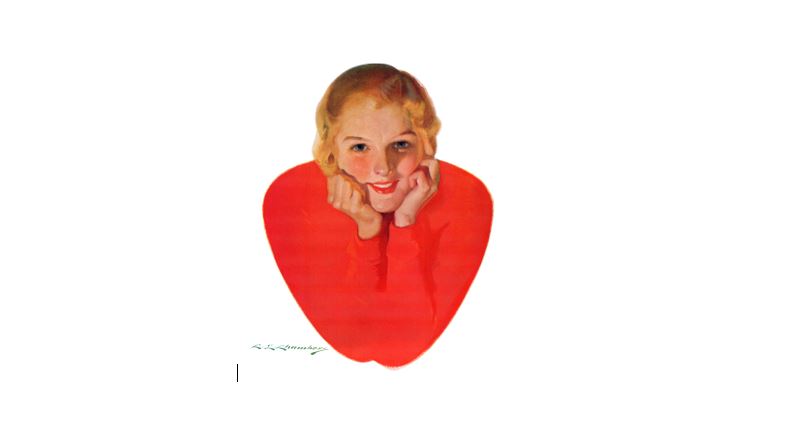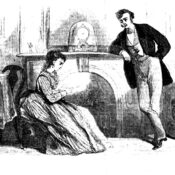In the 17th century, “it was the Saint Valentine’s custom for a girl to declare her choice of sweethearts that morning, in the expectation of receiving a gift from him,” according to the article “Roses are Red” that appeared in the February 17, 1940 issue of The Saturday Evening Post.
On Valentine’s Day, flowers, cards, and candy top the gift-giving list.
According to the Greeting Card Association, an estimated one billion valentine cards are sent each year, making Valentine’s Day the second largest card-sending holiday of the year. (An estimated 2.6 billion cards are sent for Christmas.)
The most popular gift—according to the article Men: Big Spenders for Valentine’s Day from Money.CNN.com—is flowers, which 58.3 percent of men buy, followed by cards at 56.7 percent, and finally candy at 42.9 percent.
Consumer spending on Valentine’s Day is not a new development. The exchanging of cards with loved ones has been going on for centuries.
Valentine greetings were popular as far back as the Middle Ages (written Valentine’s didn’t begin to appear until after 1400), and the oldest known valentine card is on display at the British Museum. In the United States, Esther Howland is credited with pioneering Valentine’s Day greeting cards during the late 1840s. Howland, known as the “Mother of the Valentine,” made elaborate creations with real lace, ribbons, and colorful pictures known as “scrap.”
“By 1857, some 3 million [cards] a year were being sold,” reads the Post article. As to the origins of the annual event, the Post author writes:
“The name [Valentine’s Day] comes from two Christians who were executed at Rome on February 14, 270 and canonized, both of them, as Saint Valentine. The transition from martyrdom to mushiness is obscure. Possibly it involves the pagan fertility festival called the Lupercalia, which was celebrated in mid-February. Possibly it has some association what a venerable piece of folklore to the effect that birds begin their mating on Saint Valentine’s Day. Chaucer mentions this; so does Shakespeare.”

Become a Saturday Evening Post member and enjoy unlimited access. Subscribe now



